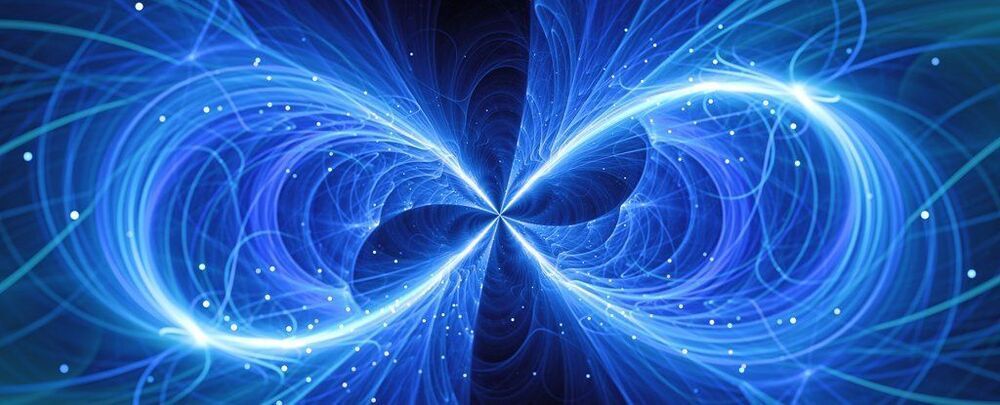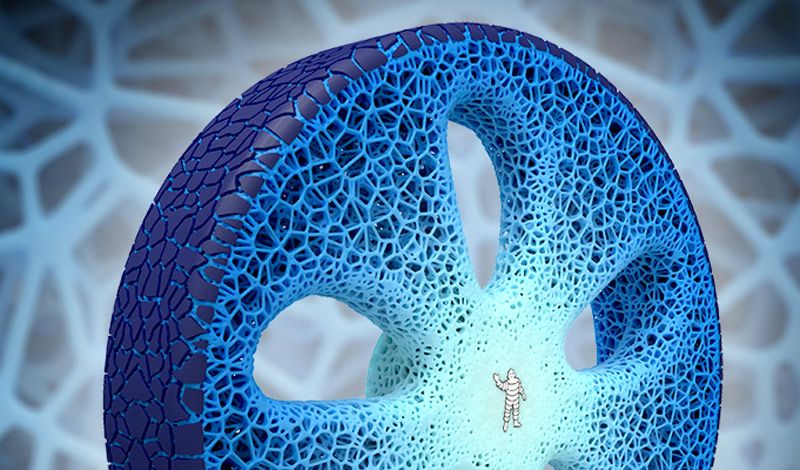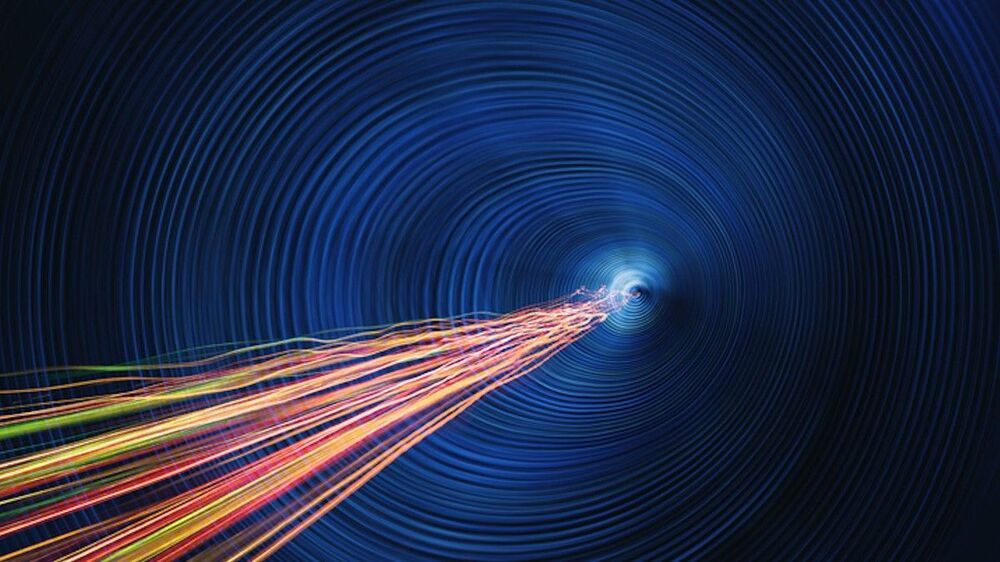Causality is one of those difficult scientific topics that can easily stray into the realm of philosophy.





Iya Iya.
Is that Trump in your picture profile, Roger? I don’t think I can take this post seriously for various reasons.
16 Replies.
Trent Condellone.
He’s going to chip the farmland, wait and see.
View 4 more comments.
· —47—m ·

This list marks 20 years since we began compiling an annual selection of the year’s most important technologies. Some, such as mRNA vaccines, are already changing our lives, while others are still a few years off. Below, you’ll find a brief description along with a link to a feature article that probes each technology in detail. We hope you’ll enjoy and explore—taken together, we believe this list represents a glimpse into our collective future.

A lot of info here on the various types of Starship.
SpaceX Starship Hybrid version. This hybrid Starship concept is an unofficial Starship concept created by us and inspired different things. This design is not endorsed or supported by SpaceX or Elon Musk. So it is purely an idea.
SpaceX space Gateway concept: https://youtu.be/rzNJiVEAWQU
*** SpaceXvision links ***
MERCH= https://teespring.com/stores/spacexvision.
MEDIUM = https://spacexvision.medium.com/
PATREON = https://www.patreon.com/SpaceXvision.
FACEBOOK = https://www.facebook.com/SpaceXvision/
TWITTER = https://twitter.com/SpacexVision


